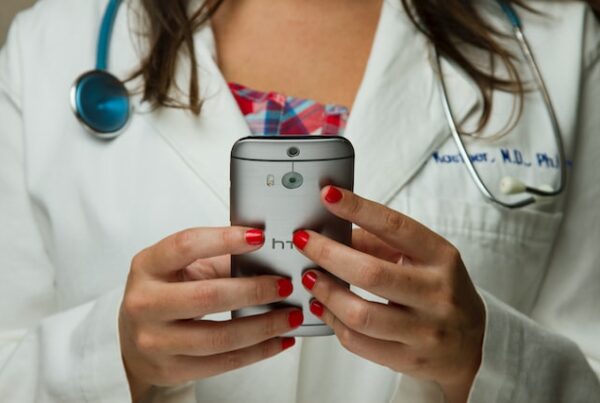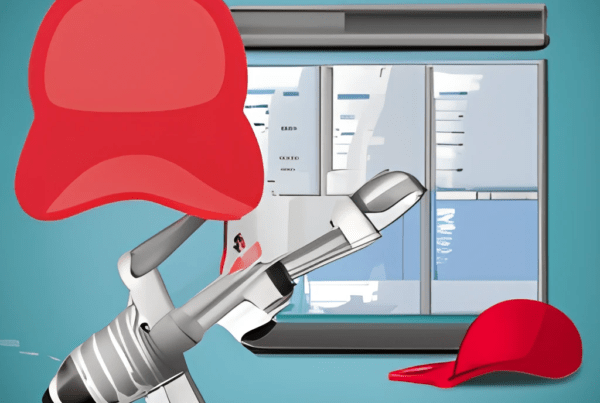
Photo Copyright: Octavio Fossatti via Unsplash
Outside of site visits, it’s extremely important for patient care to be at the core of your clinical study activities, so they feel connected and engaged with the study process. The significance of having engaged patients cannot be understated…In fact, your study’s success might depend on it! Decreased patient engagement can easily lead to non-adherence to protocol, lowered rates of participant retention, and ultimately, increased variability of your data.
What methods of communication are you currently using to engage your clinical trial participants? Sticking to mostly phone calls, emails, and physical mail with a site visit mixed in?
You might be missing out on the best opportunity for patient engagement by not utilizing two-way text messaging software (and the “two-way” element is one of the most important parts)…Consider our in-depth look at 3 reasons why text messaging is a better way to engage clinical trial patients than anything you’re using now:
1. Text Messaging is the Best Way to Keep Participants Invested in Your Study Over Time
While most studies last for weeks or months, some may last for years. Because adherence and retention can both decrease over time, it can be incredibly powerful to engage your participants throughout the process. Sending automated text messages to study participants is an ideal way to keep them up-to-date with important information, details, or to ensure they have everything they need. Text messaging software makes sending more personalized messages easy and efficient too. You can send messages of gratitude and encouragement, thanking participants for their time and efforts.
Are you currently using standard phone calls as your main method of informing and encouraging your participants? Placing individual phone calls isn’t always possible or efficient, especially in larger phase 2-4 trials that enroll hundreds of individuals. Beyond that, 23% of phone calls go to voicemail, where information can potentially go unheard for days. It makes sense to rely on the form of communication is statistically superior: 81% of mobile users use their device to text message, and 90% of text messages are read within the first 3 minutes of receipt.
FACT: If you are calling study participants the day before a Site visit and leaving a voicemail, 1 in 3 of them won’t even listen to it until 2 days after the appointment.
2. Texting Enhances Study Adherence
Text messaging software has many different applications when it comes to enhancing participant adherence in your study. SMS software for clinical trials has the ability to send alerts, reminders, and text-based interventions…All of which are designed to enhance the participant engagement, efficiency and success of a study.
Want to confirm your participants are adhering to medication protocols? Send a text-based medication reminder. Interested in gaining insight into the experience of your participants? SMS surveys provide important insight for coordinators and allow participants to feel like they are involved in the process.
It’s fairly common to rely on email or paper surveys to do these jobs. Why does texting get the job done better? You may want to consider that most email accounts are overrun with 90% spam…Making it very easy to overlook important information until it’s too late. Did you know that 17% of people change their email addresses every 6 months and 30% change their email annually? Email may no longer be the go-to method of casual communication that it used to be.
3. Two-way Text Messaging Strikes the Ideal Balance of Accessibility and Convenience in Communication between Participants and Study Coordinators
These two scenarios are extremely common in clinical research and healthcare as a whole: Participant “A” has a few issues related to the study or what is required from them, but they hesitate to contact their clinical coordinator since they feel the issues are “minor.” Because they don’t want to be a hassle, they decide to wait until their next site visit to bring up these issues to the CRC or PI. While the issues at hand may or may not be critical, the potential impact on the study itself as well as this particular patient’s engagement can be great.
On the opposite end of the spectrum, you have Participant “B” who actively tries to get in touch with their CRC with minor questions and concerns on a daily basis. This situation creates both working inefficiencies for coordinators and potential patient disengagement if every call or visit cannot be accommodated.
Texting, more so than any other mode of communication, is a great solution for both participants: Participant “A” won’t feel like such a burden texting in a “minor” question, and potential data-affecting scenarios can be addressed if necessary. In the case of participant “B”, our CRC will not be overwhelmed with phone calls or site visits for minor questions. Participant “B” will still get their questions and concerns addressed in a direct manner.
You might be used to utilizing methods other than text messaging to enhance your patient engagement, but that doesn’t mean they are the most effective. Text messaging offers creative solutions for study participant engagement far beyond the few examples we’ve offered…Incorporate text messaging software in your study and reap the rewards of increased participant engagement.
Learn how text messaging can help you improve patient engagement in your clinical studies. View our capabilities or contact us today for a quote.








